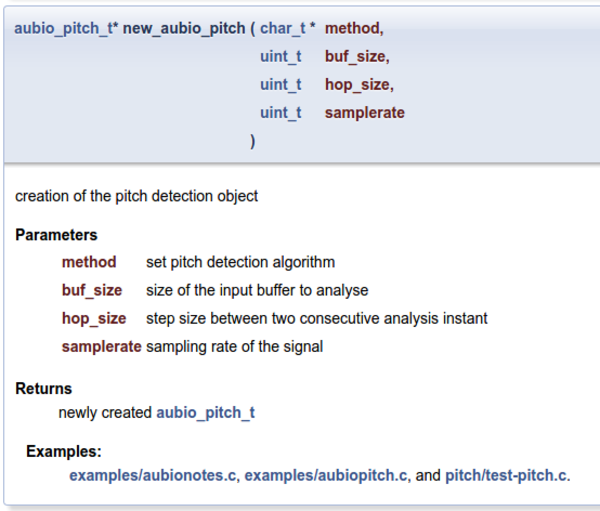
aubiodocumentation about initiating a pitch detector, https://aubio.org/doc/latest/pitch_8h.html#a962561ea270e0308ed26ac9bab554550.- The 1st parameter is the method of the pitch detection. Up to now, I only know "DEFAULT" method. I am not sure if there is other methods and if those other methods better for my case. Nevertheless, I will keep using "DEFAULT" for now on.
- The 2nd parameter is a buffer before the sound sent to be processed.
- The 3rd parameter is said to be the interval between two consecutive sound analysis. The variable used is called
hop_size. Other than these, I am not sure on what does this parameter do.- In the example code
hop_sizeis buffer divided by 2 and rounded up.
- In the example code
- The last parameter is the sample size. I do not know what does sample size do.
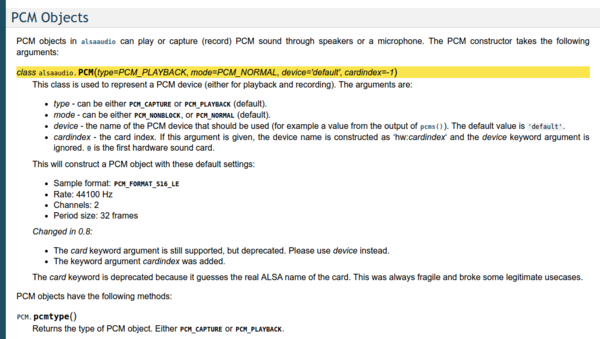
- This website shows an example of initiating
alsaaudioPCM object in Python, http://larsimmisch.github.io/pyalsaaudio/libalsaaudio.html?highlight=alsaaudio.pcm#alsaaudio.PCM. alsaaudioPCM object can be used to either read or record/stream from microphone.- Because I am going to use
alsaaudiofor audio recording I need to settype = alsaaudio.PCM_CAPTURE. - Here is an example of code of my
alsaaudioobject in Python.
self.recorder = alsaaudio.PCM(
type = alsaaudio.PCM_CAPTURE
)

PCM.read()returns a length and data tuple, http://larsimmisch.github.io/pyalsaaudio/libalsaaudio.html?highlight=alsaaudio.pcm#alsaaudio.PCM.
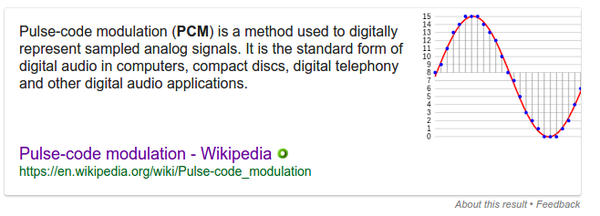
- I was wondering what does PCM means. PCM means Pulse-code Modulation. PCM is used to digitally represent analog signals, https://en.wikipedia.org/wiki/Pulse-code_modulation.
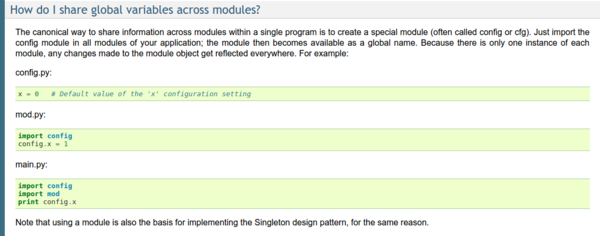
- Sharing variable across modules in Python, https://docs.python.org/2/faq/programming.html#how-do-i-share-global-variables-across-modules.
- Example.
#variable.py
variable_text = "Hello world!"
#other.py
import variable
variable.variable_text = variable.variable_text + " Hello world again!"
#This print will result in "Hello world! Hello world again!"
print(variable.variable_text)
- Example of constant in Python. Although, Python has no specific method on how to make constant, http://stackoverflow.com/questions/10672419/class-constants-in-python.
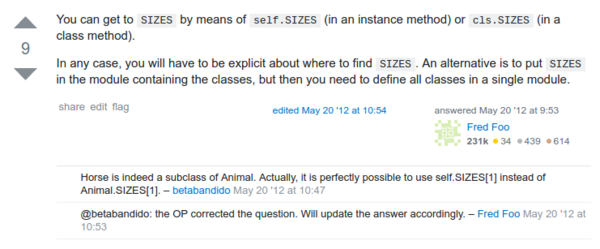
- So, constant can be treated as other normal Python variables. So, make sure to have use prefix
selfin variable that is class wide available. - Screenshot to the StackOverflow Python discussion.

- My Python thread in StackOverflow, http://stackoverflow.com/questions/40686640/alsaaudio-pcm-capture-does-not-work-with-opencvs-cv2-videocapture0-read. Seems there is no one that understand the problem. Although, I think I put too specific title.
- Nevertheless, the problem is now solved by only using face detection in appropriate moment. Before, face detection is always on and it makes the program takes more RAM.
- Here is the screenshot of the thread.
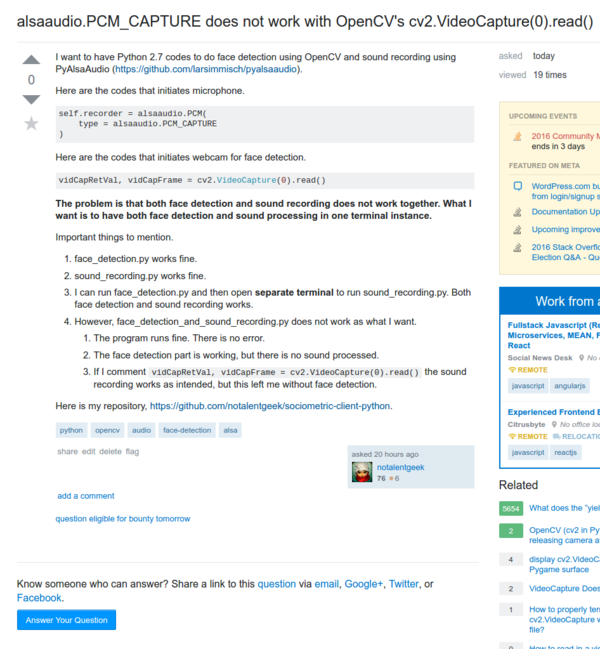
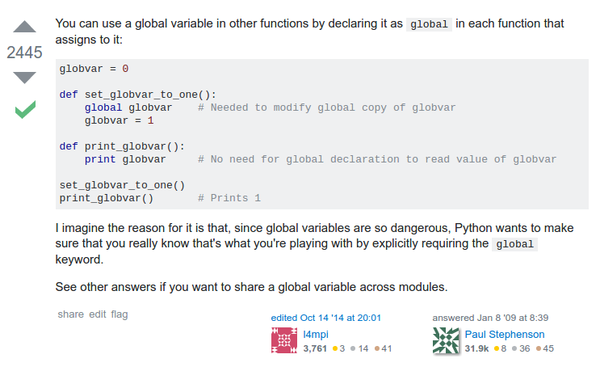
- Example of using global variable in Python, http://stackoverflow.com/questions/423379/using-global-variables-in-a-function-other-than-the-one-that-created-them.
- However, for now I will not using this and use the sharing variable across module.